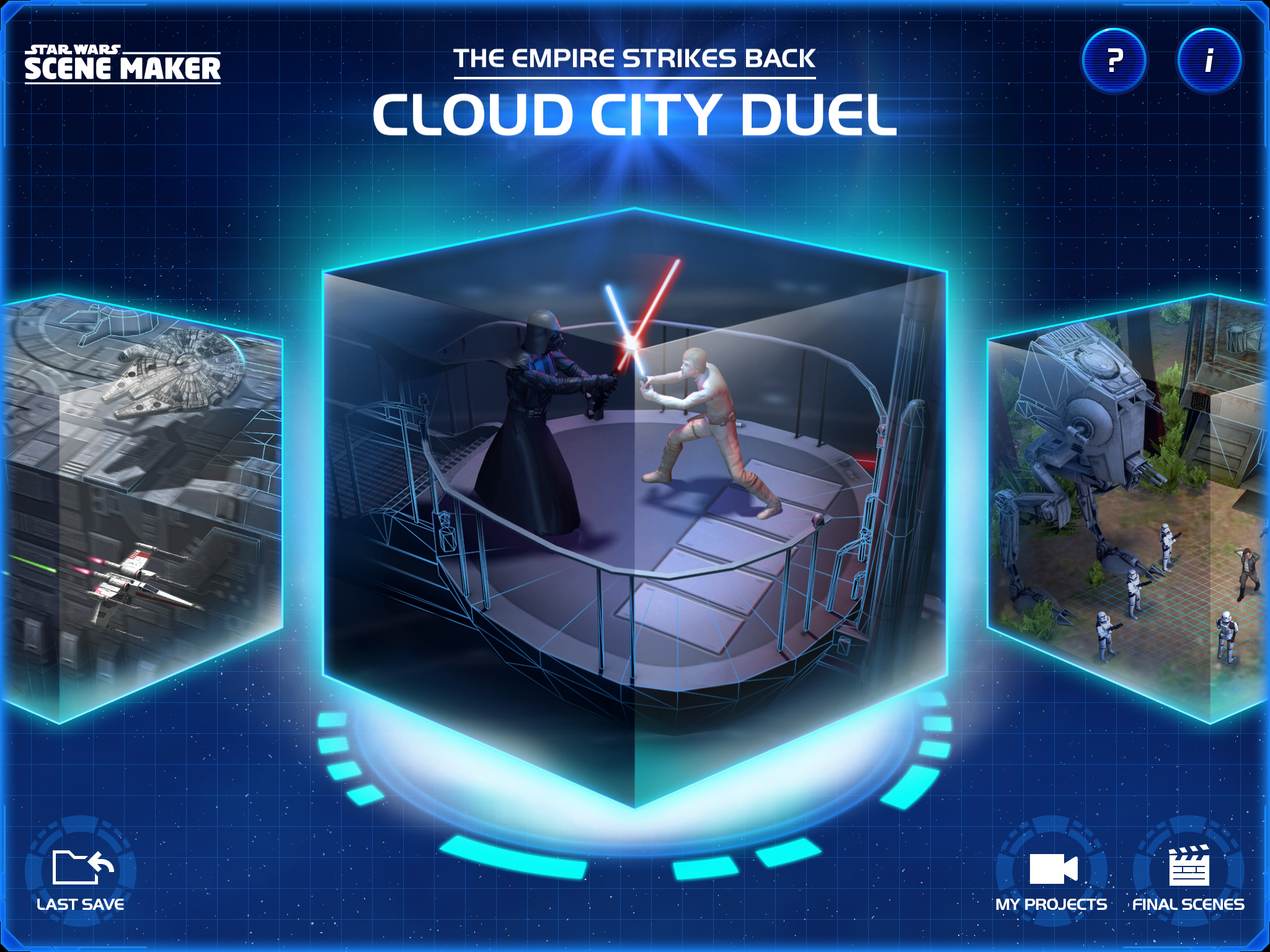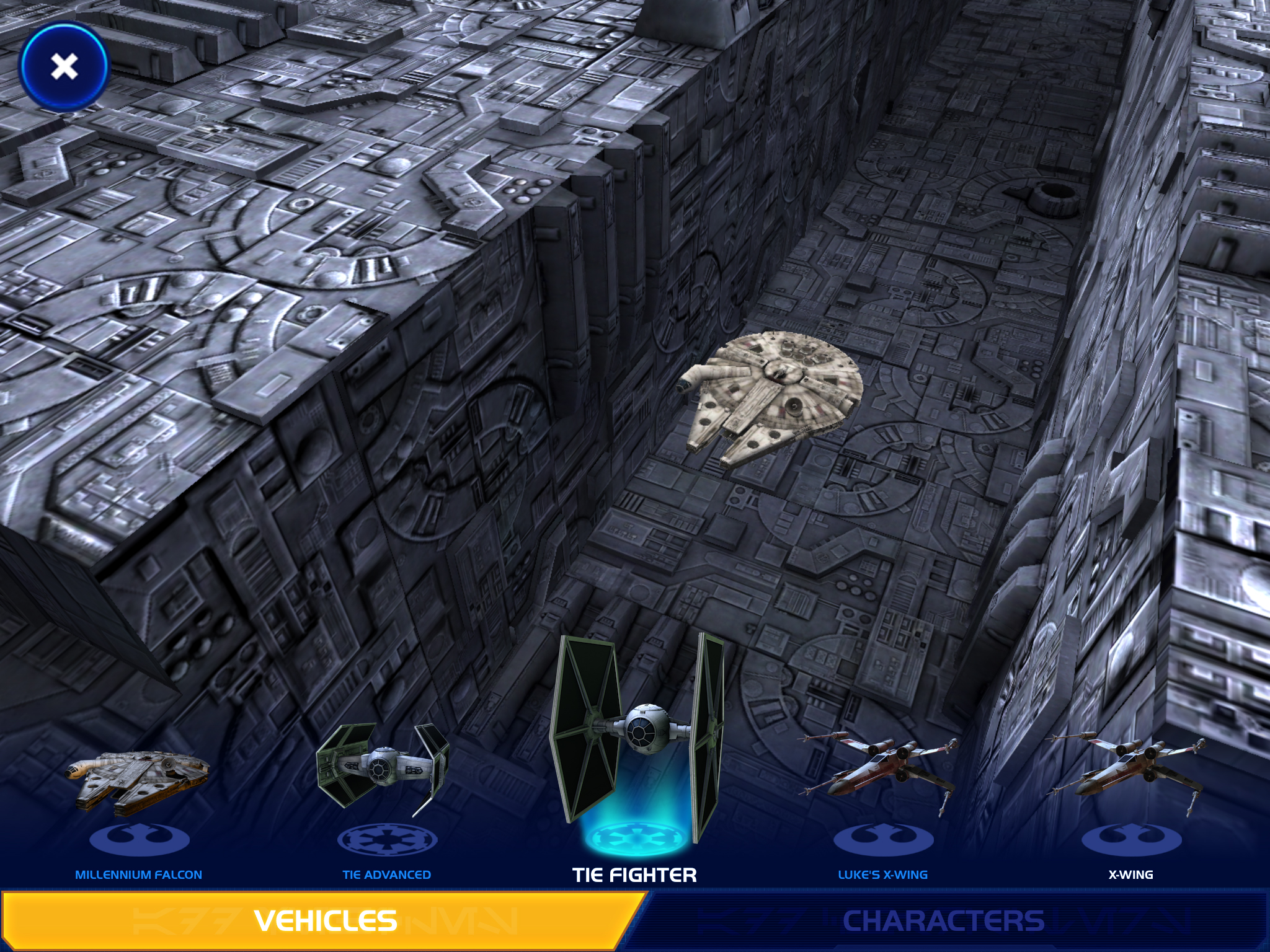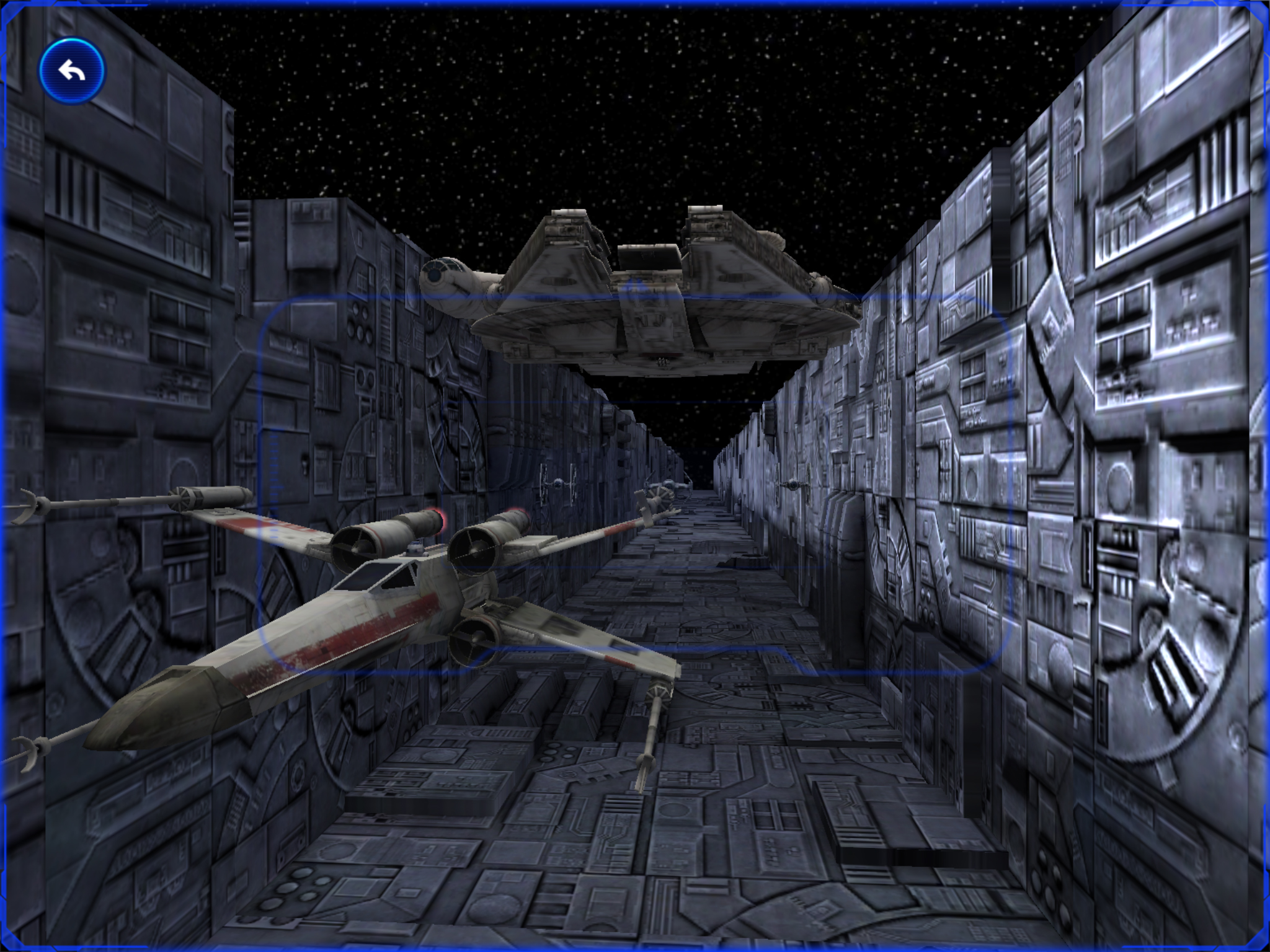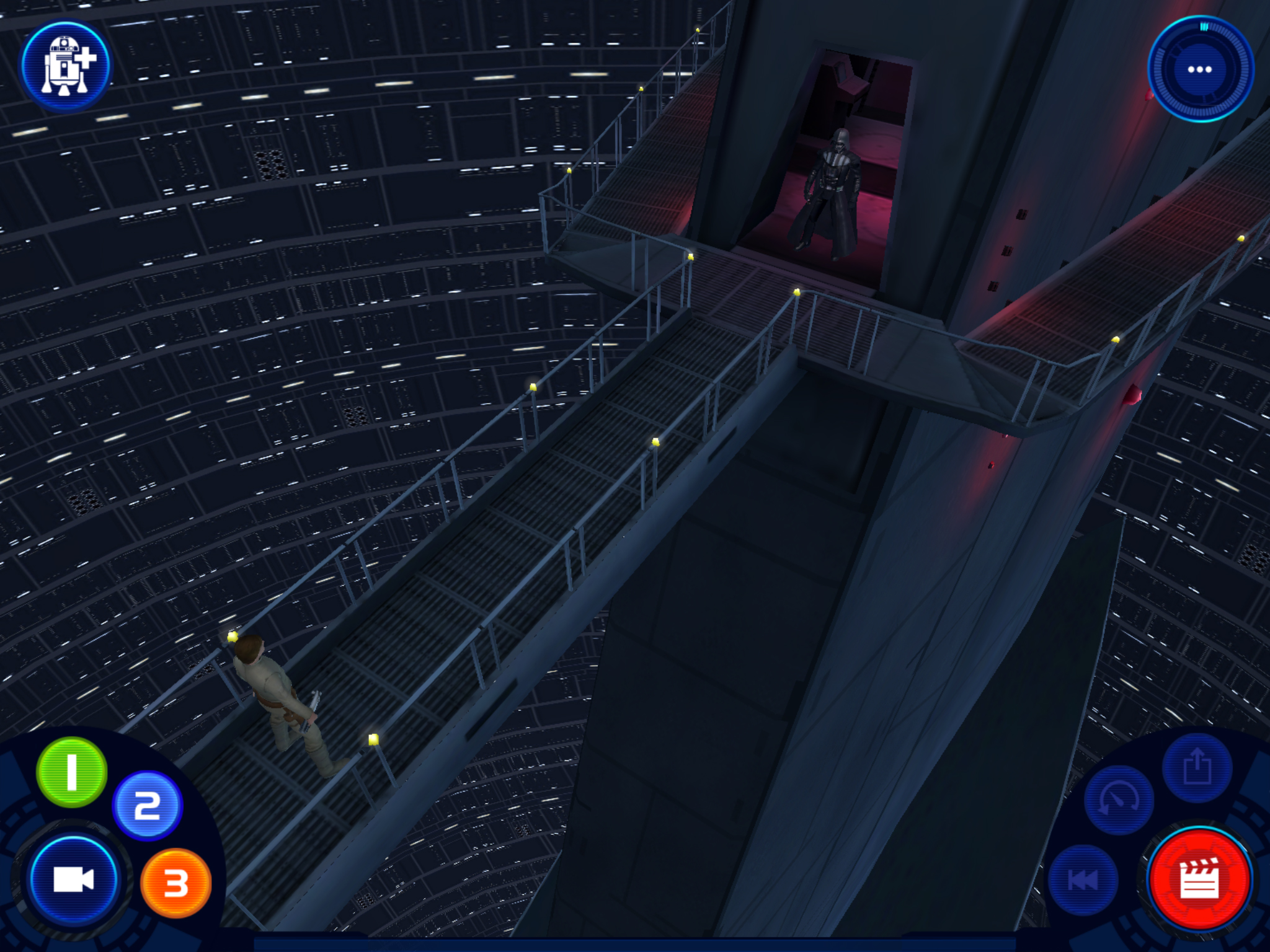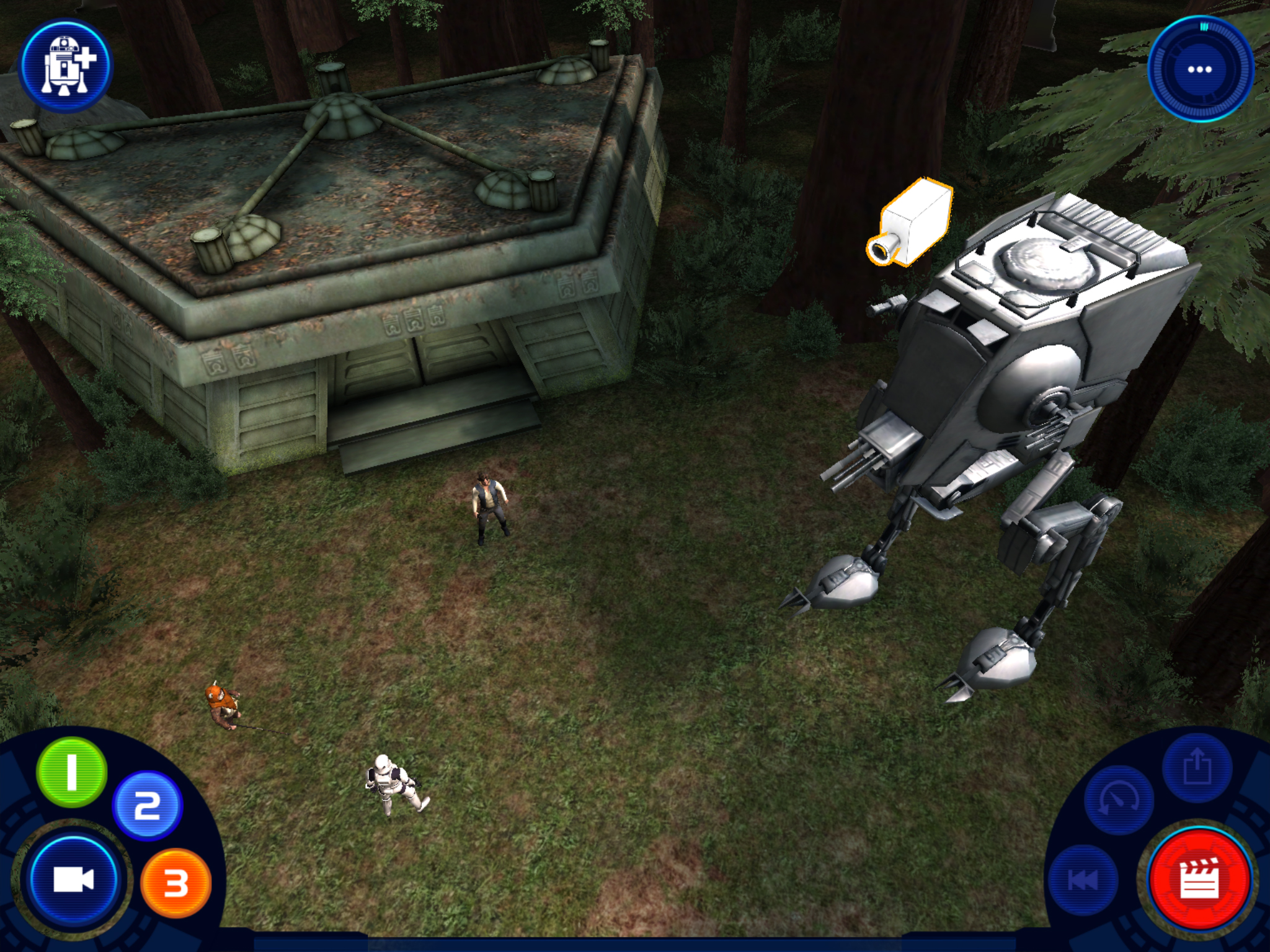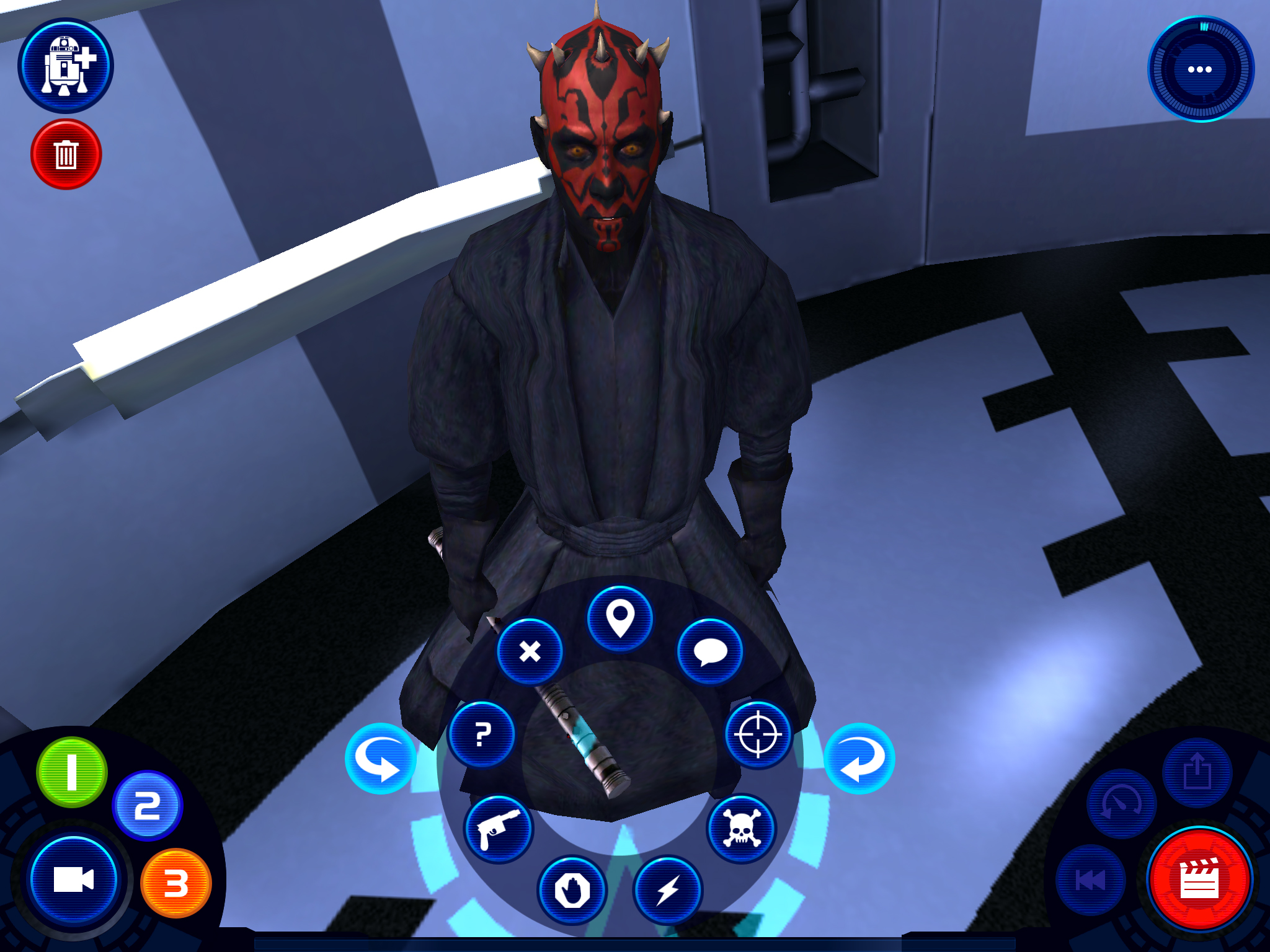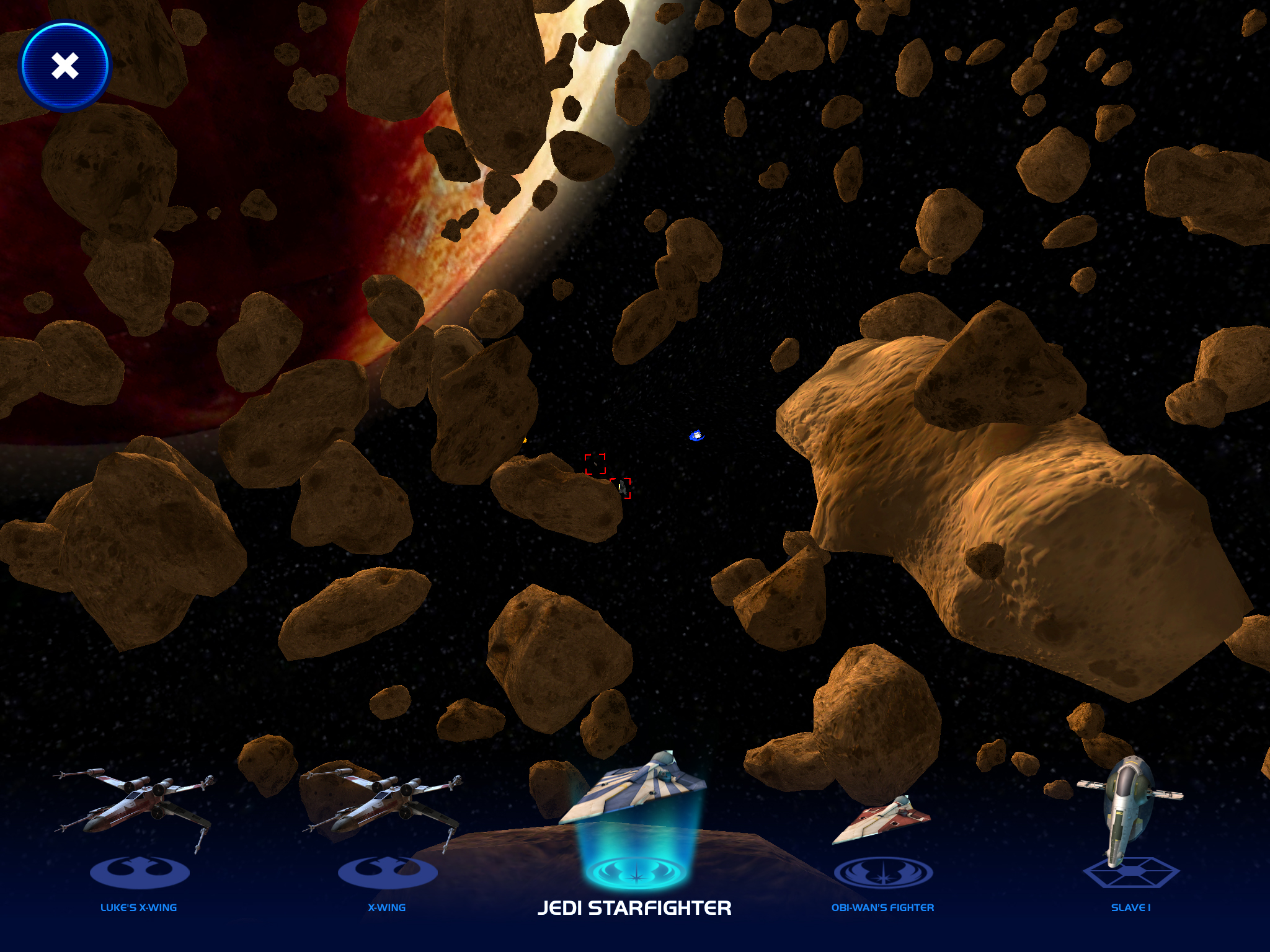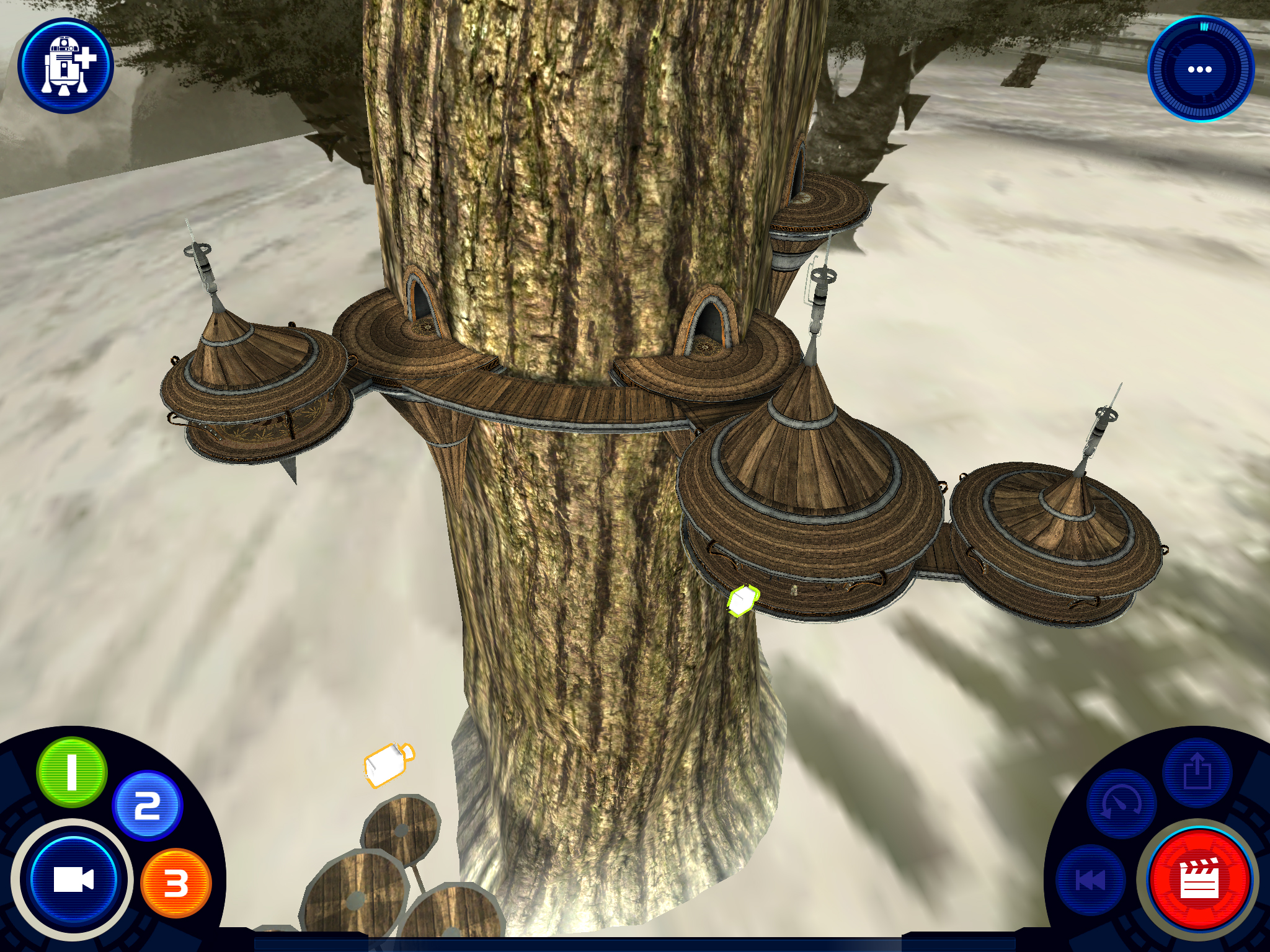At LeWeb in Paris last December, the term ‘Enchanted Objects’ was used to describe Wearable Technology. It’s a nice phrase and covers the interaction and solution as well as the hardware.
Others stated that wearables were all about data, its delivery and the results. However, that's like saying everyone bases their smartphone, tablet or laptop buying decision on the operating system alone. The smartwatch market has to deliver on all counts: to look and feel special AND tell the time for at least 24 hours.
Not a great start for the Apple Watch with a maximum of 18 hours then? Not perfect by any means but Apple’s new device (and the consumer/media scrum surrounding it) is likely to light the blue touch paper under the wearable tech industry.
To make the point, Wearables and Jeremy Clarkson captured a lot of the headlines last week, with Apple’s Spring keynote revealing the features, price and launch date of the Apple Watch plus the Wearable Technology Show bringing the great and the good of the industry together at ExCeL in London, where I was fortunate enough to speak on the opening panel and host the second day of the Augmented and Virtual Reality track.
So what can we expect from our Enchanted Objects in the not-too-distant future? CES and MWC offered a raft of products and platforms, so I’ve highlighted four key areas where devices, sensors and data need to play nice to deliver a seamless (and often invisible) experience. We don’t want to do more things, we need things to do more.
The Car
The temptation is to use the screens we carry as extensions of the dashboard. Don’t. Automotive designers spend years training and honing their skills. They design and build an ergonomically sound environment, with information displayed at the right size in the right place. As soon as you add a randomly-placed small phone screen or attempt to glance at your wrist, all the good work is undone.
Leave the screen, continue the journey – that’s the message to drive home (no pun intended). Our connected devices should talk to each other without our prompting, be aware of their surroundings and our habits. Mid-track streamed music and telephone conversations are already transferrable when we sit in some manufacturers’ vehicles. Social channel conversation and navigation on foot then on wheels are the next step. Take a half-written Twitter message, finish and send it via voice instructions and have the responses fed back through audio rather than visual channels.
The autonomous cars of the ‘future’ are with us already, they’re just not available to buy yet. The issues over screen distraction will take a back seat (again, no pun, etc) so we’ll find more to keep us occupied, but that won’t be car-specific – it will be the same interaction and distractions we experience outside the vehicle! I’m not saying anything about Apple Car, yet…

